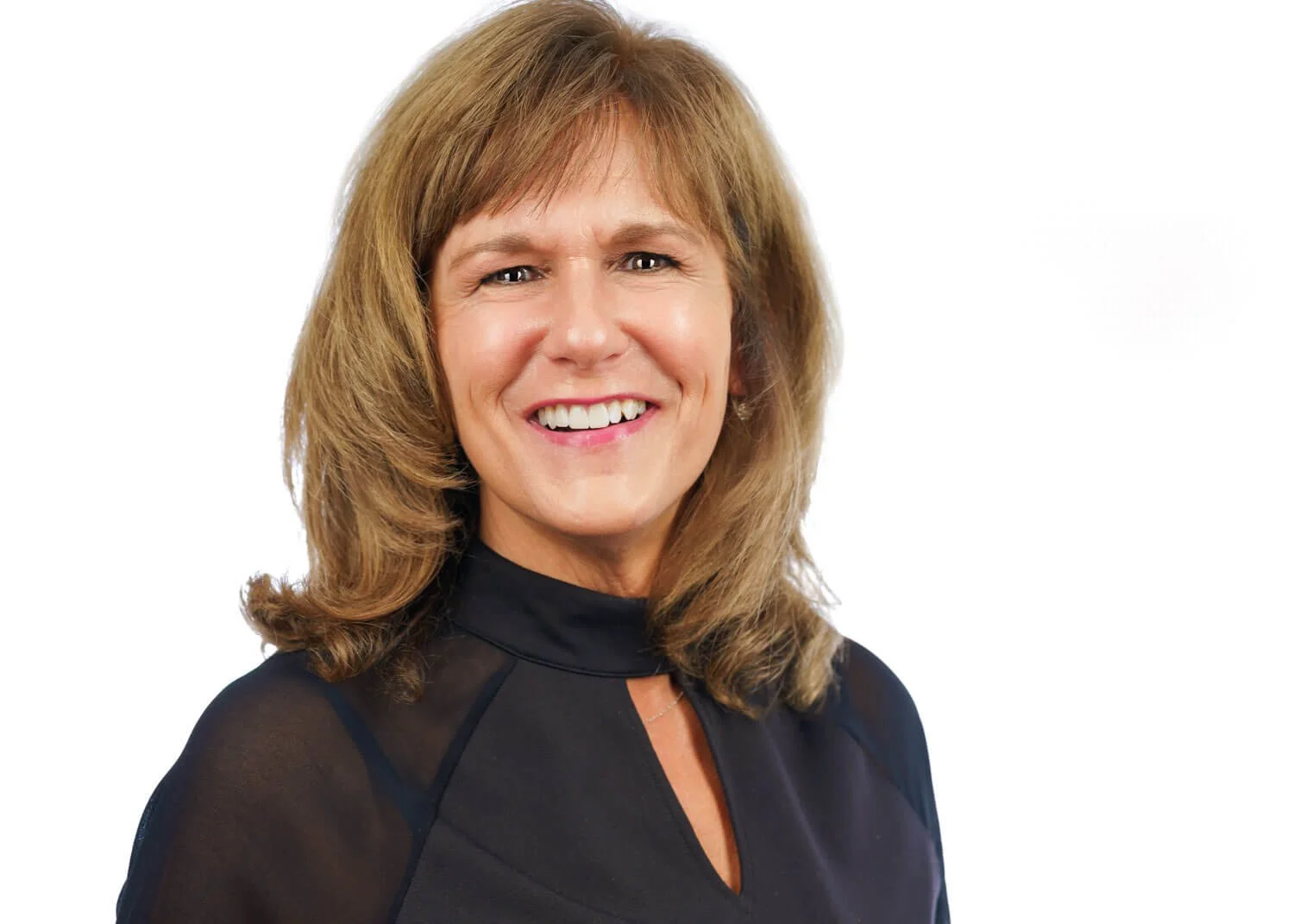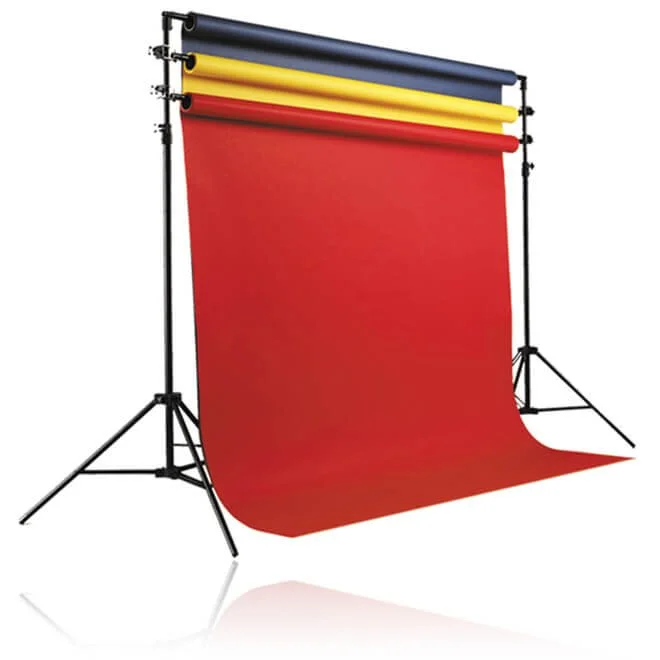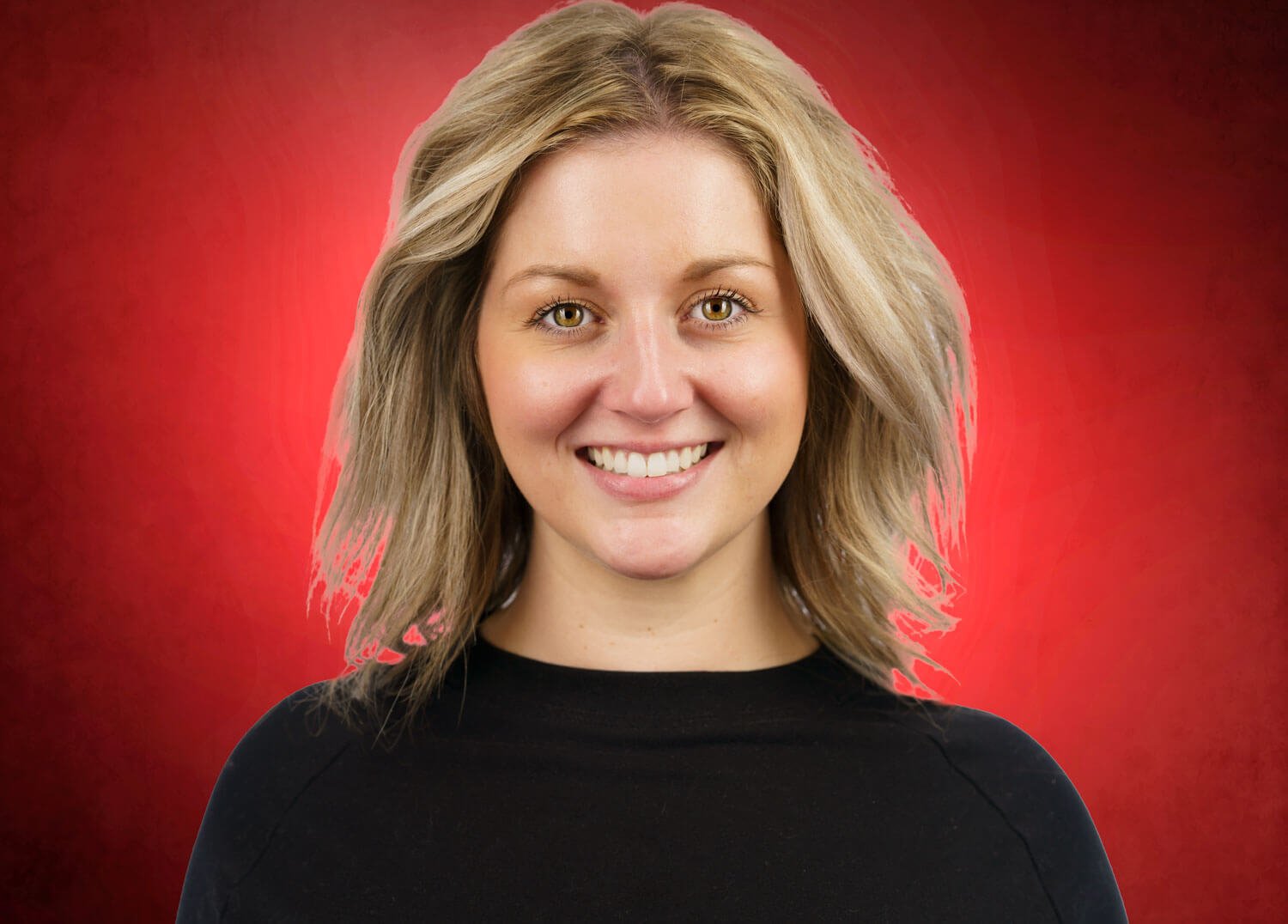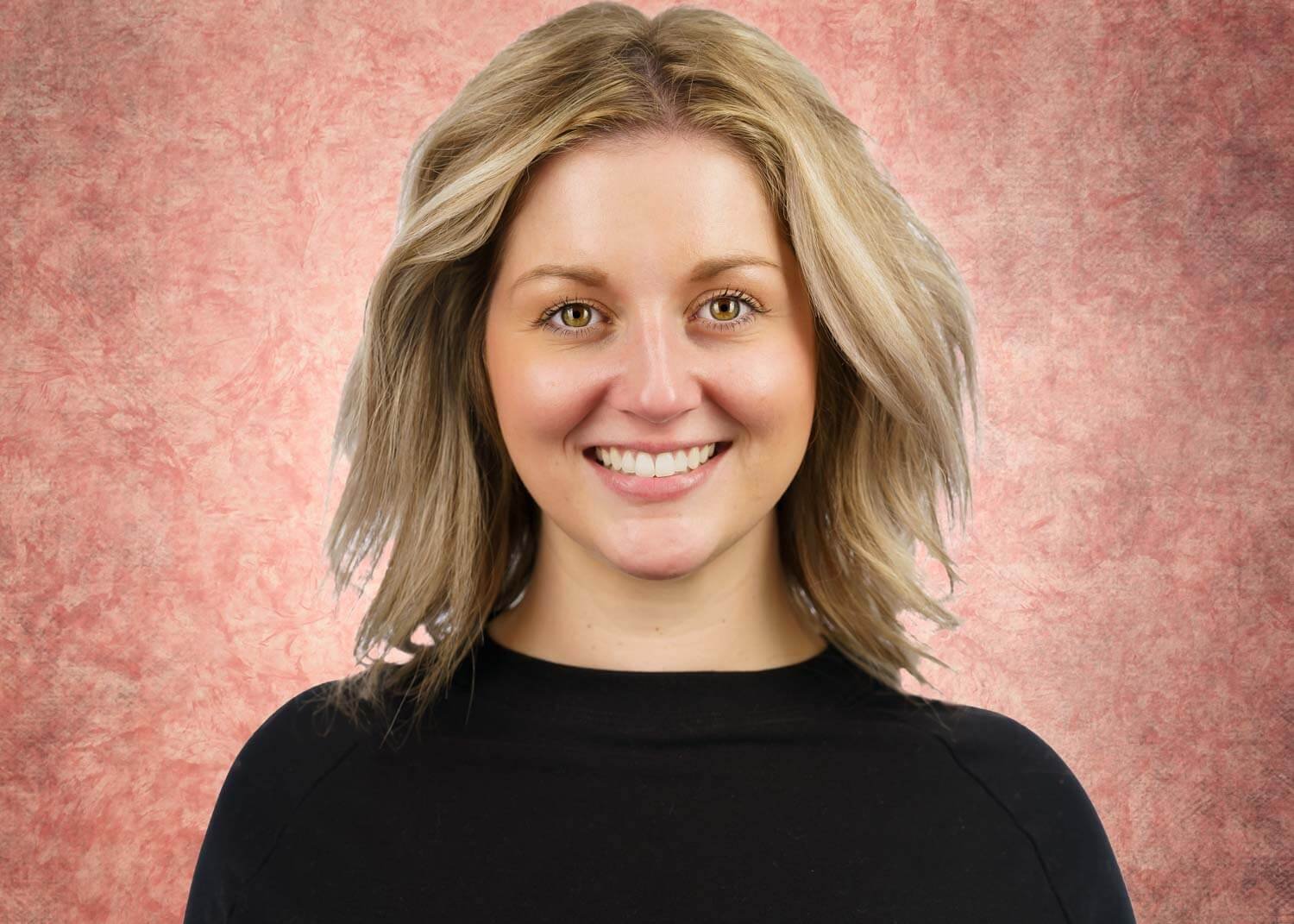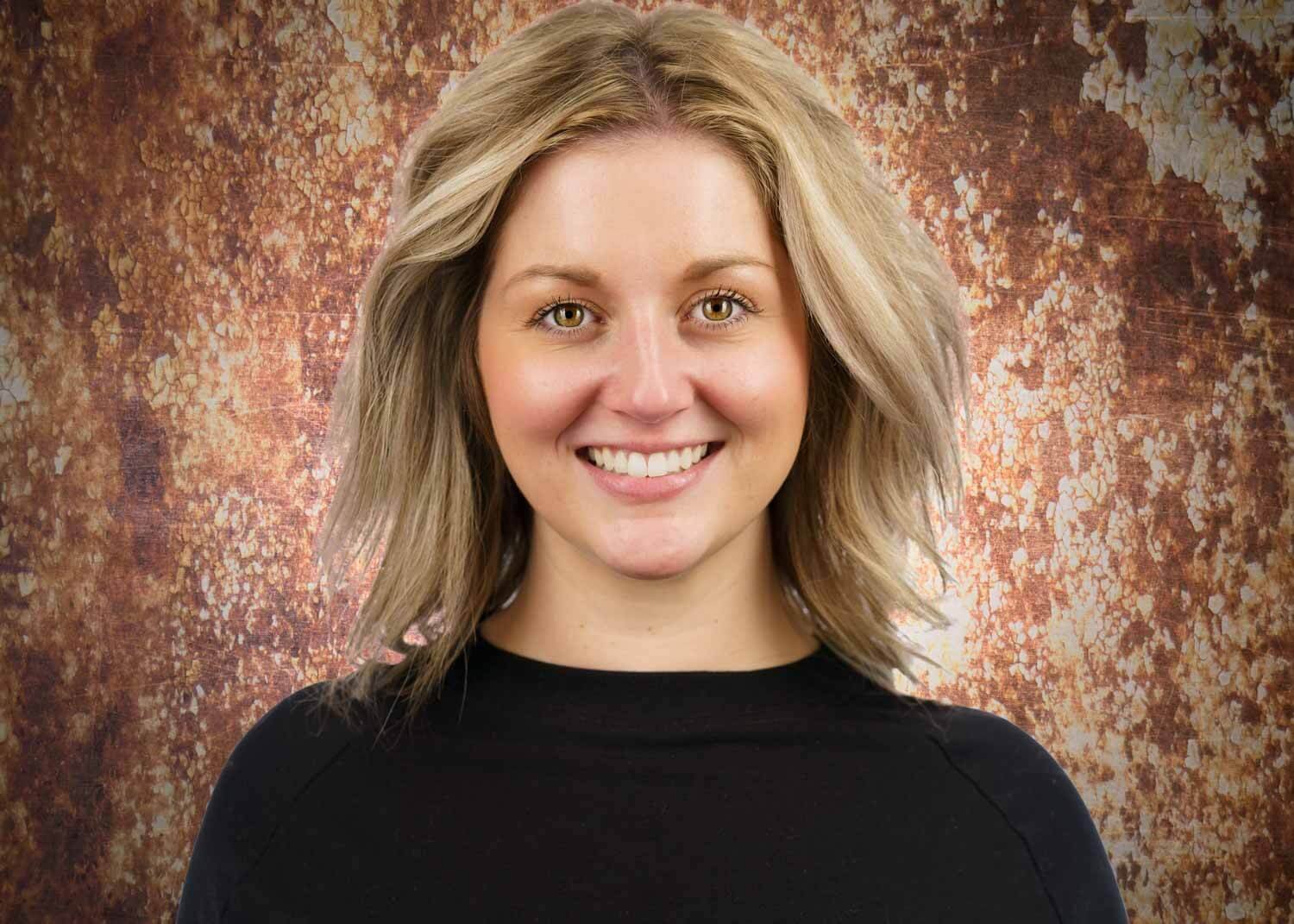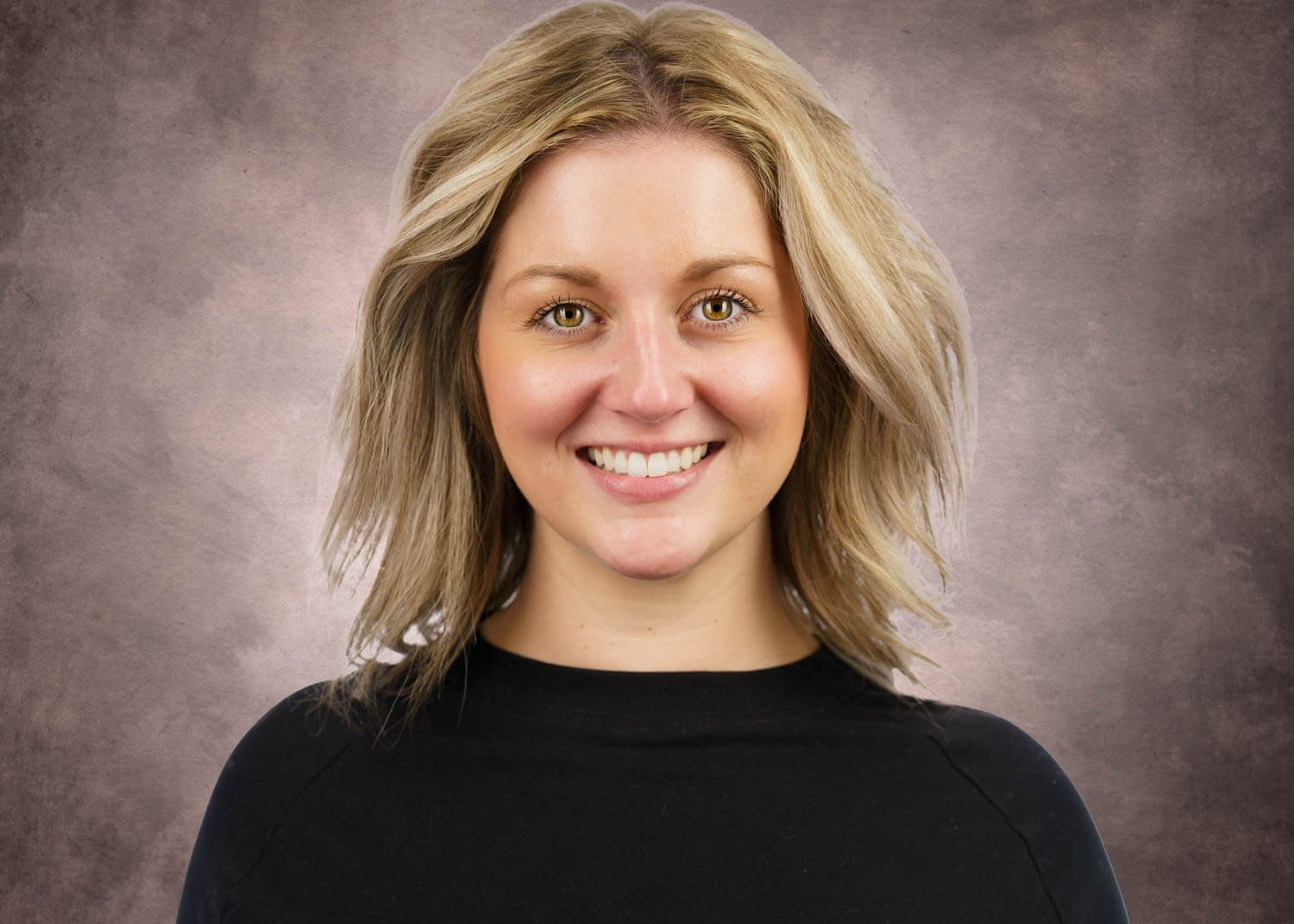Headshot Backgrounds - What Are Your Best Options?
By Jeff House, Magnolia Photography SC
Headshot backgrounds - what are your options?
This question might seem a little vague, but today we are going to discuss the advantages of using digital backgrounds for your headshots.
There has always been a big misconception about professional photographers. There is a general belief that they are making money hand over fist. Sure, there are some professionals out there making six figures, but there are also those professionals out there scraping to survive. According to Zippia.com, the average professional photographers salary in New York City for 2023 is $57,095. This may not seem so horrible at first glance. But when we consider the average rent in Manhatten, NY is about $5,700 per month or $68,400 per year, it puts everything into perspective.
Why Have So Many Photographers Elected To Not Have a Traditional studio anymore?
There isn't a one-size-fits-all answer to why some photographers may choose not to have traditional studios anymore. However, several factors contribute to this trend. Many photographers, including those specializing in headshots, portraiture, and wedding photography, have found alternative approaches more suited to their needs.
Let’s take a look at 6 reasons why professional photographers opt not to have traditional studios:
Cost: Running a physical studio can be very expensive. Rent, utilities, and maintenance costs can add up, especially for photographers who may not need a dedicated space on a daily basis. If you’re a headshot or portrait photographer, this will usually include additional expenses such as; headshot backgrounds, portrait backgrounds, studio lighting, etc. If a photographer needs to purchase backdrops in a multitude of sizes, colors, and patterns, costs can skyrocket! With digital backgrounds, it provides photographers with a ton of options, but at a much more affordable cost. This in turn will also help to keep the cost of headshots for clients more affordable.
Flexibility: With advancements in technology, photographers can now shoot high-quality images in various locations. Many prefer the flexibility of shooting on location or outdoors, providing a unique and personalized touch to their work. As a photographer, I have always preferred headshots in a studio, but there are scenarios when a location or environmental portrait can better convey your message. When it comes to portraits - it’s always preferred to conduct newborn sessions indoors for obvious reasons, but young, children, families, senior pictures, engagement sessions, etc. always work really well on location.
Creativity: Shooting outside of a studio environment allows photographers to explore different backdrops, lighting conditions, and natural settings, resulting in more diverse and creative portfolios. It’s a good idea to choose a photographer skilled in the art of using flash as many situations on location will require the use of artificial light. This can be a great way to create very dramatic images. Proper use of flash outdoors can also create photos that look very natural, light, and airy without any signs a flash being used.
4. Client Comfort: Some clients may feel more relaxed and natural outside of a studio setting. Studios can often cause people to feel more “stuffy” or “rigid,” and it can suppress their true personality from showing. Shooting in familiar or meaningful locations can contribute to a more authentic and comfortable experience for clients. Of course, your choice of photographer will also play a big part in your overall experience. You definitely want a photographer you connect with and you feel at ease with.
5. Mobile Photography Studios: Some photographers have embraced the concept of mobile studios, where they bring equipment to clients' locations for on-site shoots. This allows for greater convenience and personalized service.
6. Online Presence: In today's digital age, most photographers showcase their work online, reaching a broader audience without relying solely on a physical studio for client meetings.
While traditional studios still have their place, the shift away from them is often influenced by a combination of economic, creative, and client-centric considerations in the evolving landscape of photography.
What is The Purpose of headshot Backgrounds?
Photography backdrops serve several essential purposes in creating captivating and professional-looking photographs, especially in headshots and portraiture. Professional photographers incorporate backdrops strategically to enhance your images. Here are some reasons why photography backdrops are important:
Aesthetic Enhancement: Backdrops provide a clean and visually appealing background, helping to eliminate distractions and focus the viewers attention on the subject. They come in various colors, patterns, and textures, allowing you to create different atmospheres and moods in your photos.
Consistency: Backdrops offer a consistent and controlled environment, ensuring that each photograph in a series or session maintains a cohesive look. This is crucial for portfolio consistency and branding.
Creativity: By choosing different backdrops, photographers can add creativity and variety to their work. Whether it's a solid color for a classic look or a textured background for a more artistic touch, backdrops enable photographers to express their style and vision.
Versatility: Backdrops can be changed easily, allowing photographers to adapt to different themes or client preferences. This versatility is particularly valuable in studio settings where you can quickly switch backgrounds to suit various photo sessions.
5. Controlled Lighting: Backdrops contribute to controlling the lighting conditions in a shoot. For example, a neutral-colored backdrop can help bounce and reflect light onto the subject, achieving a well-balanced and flattering illumination.
6. Branding and Identity: Consistently using a particular backdrop or set of backdrops can become part of a photographer's brand identity. This will provide you with a greater understanding of what you should expect when working with a particular photographer.
7. Client Comfort: Backdrops can create a comfortable and professional setting for clients during a photoshoot. The controlled environment help put some subjects at ease, allowing them to focus on posing and expressing themselves.
8. Efficiency: In a studio environment, the controlled setting can allow for a more efficient workflow. Photographers can transition between different setups without the need for extensive location changes.
Why Use Digital headshot Backgrounds?
Using digital headshot backgrounds can offer several benefits for both photographers and clients. Let’s take a look at some of these advantages:
Versatility: Digital backgrounds provide unparalleled versatility. Clients can choose from a wide array of virtual settings, allowing them to customize their headshots to suit their personal or professional preferences. This flexibility enables photographers to cater to a diverse range of client needs.
Brand Alignment: For professional headshots intended for business or branding purposes, clients may opt for digital backgrounds that align with their industry or personal brand. This ensures a cohesive and tailored look that complements the client's identity.
Cost-Effectiveness: Creating a variety of physical backdrops can be expensive and may require ample storage space. Generally, it also requires more elaborate racking systems to speed up the process of changing backgrounds. These systems will only add to the money and space needed for physical backdrops. Ultimately, digital backgrounds eliminate the need for extensive physical setups, reducing costs associated with backdrop acquisition, storage, and maintenance.
Efficiency: Digital backgrounds streamline the photoshoot process. Photographers can easily switch between different settings without the need for physical backdrop changes, leading to a more time-efficient session. This efficiency is particularly beneficial for capturing a range of looks during a single session.
Consistency: Using digital backgrounds ensures consistency across a series of headshots. This is crucial for clients who require a uniform and professional appearance for their online presence, such as LinkedIn profiles or corporate websites.
Creative Expression: Digital backgrounds open up a realm of creative possibilities. Photographers can experiment with unique and visually striking settings, offering clients headshots that stand out and leave a lasting impression.
Remote Collaboration: In a world where remote work and virtual collaboration are increasingly common, digital backgrounds allow for seamless integration of headshot options and client proofing.
Personalization: Clients can choose digital backgrounds that resonate with their personality or the image they want to project. Whether it's a professional office setting, a subtle texture, or a vibrant color, digital backgrounds enable a high level of personalization.
Basic headshot background stand with various backdrop colors.
Example headshot session with digital headshot background options
The headshot session below was captured on a solid white background. There are continuous studio lights illuminating the subject and studio lights lighting the white background to give it that “pure white” feel. In addition, I have provided various alternative backgrounds that I changed in post-production. While I personally feel that white backgrounds create a very clean, professional, and modern headshot, other options can work very well too. Take a look!


